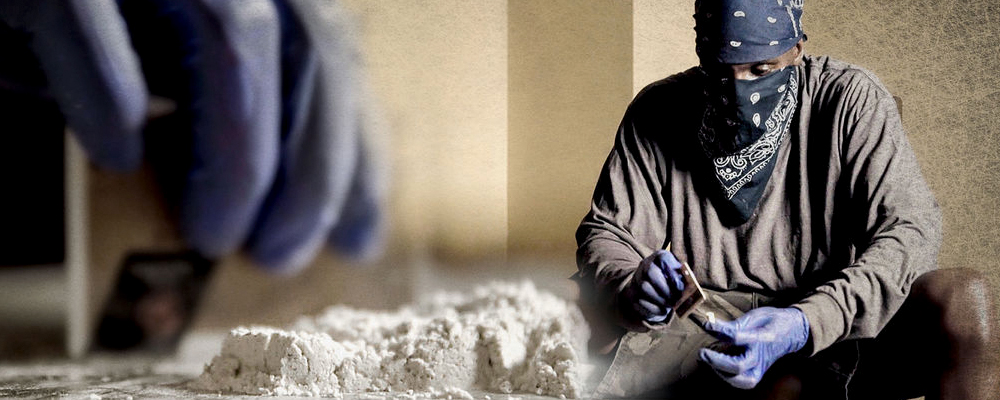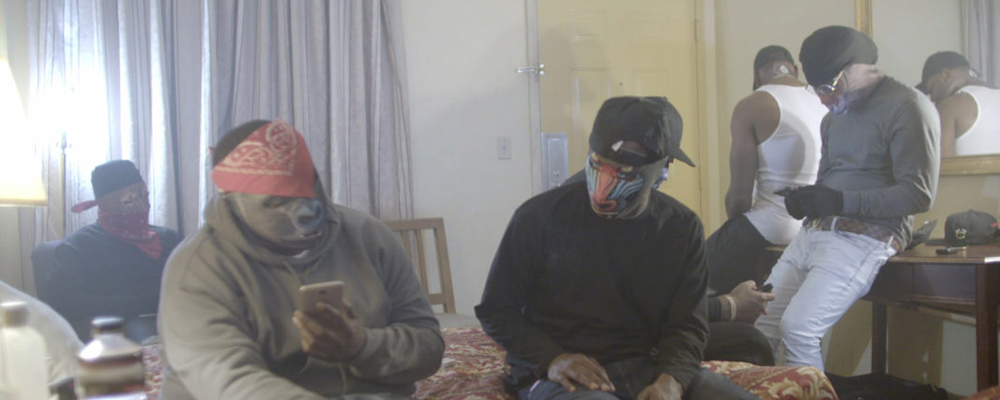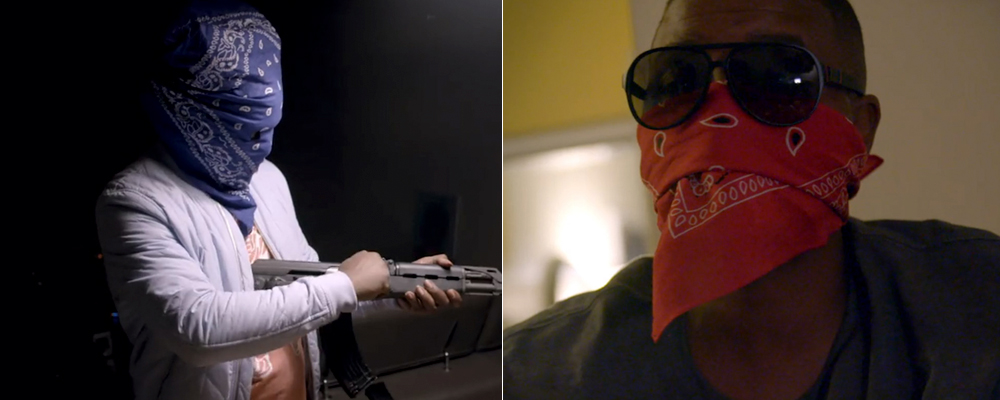Netflix’s ‘Dope’ Continues Its Edgy Exploration of the Drug Trade in Season 2
Alci Rengifo
The long winding road of a drug shipment, the addict with glassy eyes waiting for her fix, the Border Patrol agents checking every inch of a vehicle for contraband. These are some of the personalities captured with stark realism in the second season of Netflix’s docu-series “Dope.” Composed of a series of short episodes, the season continues to provide a startlingly in-depth journey through every corner of the drug trade. It is certainly one of the flashier of the recent batch of documentaries focusing on the prevalent drug culture in the United States, but it brings its own angles and aesthetic to the topic.
The new season delivers four episodes, each taking place in a different city. First we travel into the glistening streets of Miami, where smugglers traffic cocaine from South America through the Dominican Republic and Puerto Rico. The local police and Caribbean authorities try to do what they can, but the demand for the white powder has recently exploded in the U.S., continuing to make the illegal business highly lucrative. The series then shifts to U.S. cities like Detroit, where dealers make a killing selling ecstasy to ravers and other local denizens. In Vigo County, Indiana the situation is just as bad as communities in economic disarray find escape through a growing consumption of meth. In each city the dealers rationalize their chosen business while the police can only do what’s feasible to catch them.
“Dope” applies a grittier tone to an approach seen in similar docu-series like “The Trade,” where the filmmakers continuously astound us with how they gain access to the underground. A drug dealer calling himself Kojak will enthusiastically open bags of crystal meth in front of the lens, explaining the fine science behind making top quality material. Other dealers with similarly cryptic names like MRX or Snowman will count their wads of cash, show off their guns or order more narcotics on the dark web. What is truly fascinating is their commentary, during which they provide insights into the motivations behind such a lifestyle. The connecting thread runs through the reality of poverty and the allure of fast, bountiful cash. Vigo County comes across as a zone lacking in decent opportunities, and so the poor seek solace in drugs while the dealers take advantage of the situation. In Detroit African American dealers openly boast about “getting that white money,” because white kids raving will pay more for good ecstasy than black people in the ghetto. The Detroit episode even crosses over into Canada, where top ingredients for ecstasy are cooked and then shipped across the border, sometimes by jet ski (“chances make champions” says a smuggler). The oddest commentary comes from a white dealer who clarifies that he is studying criminal justice in college, and that “my past is preparing me for my future.” You can sense the nerves failing in another dealer about to visit a rave when he insists, “we’re not in this to make money, we just want to share the feeling.”
Inevitably the traffickers and dealers are more fascinating than the police, who look like individuals fighting against a great tide. Although it is curious how the docu-series approaches the law enforcement side from a distance. With the drug dealers the camera is right there in their hideouts and even in their cars as they sell their product. In another episode we spend time with a meth addict in her hotel room as she craves for release. But with the police we never see much other than a few patrols and arrests. The officers themselves remain distant and share few, personal insights. In the Miami episode there’s more of an in-depth look at the activities of patrolling the Florida coast and airports. Maybe because each episode is about 47 minutes it’s a hard task truly balancing out the material.
The aesthetic of “Dope” is a combination of grit and gloss. Hand-held shots are combined with slow motion while rural landscapes transition into glistening urban centers. The soundtrack is a hybrid of intense electronic droning and folk songs. Sometimes the effect is atmospheric, other times it feels like too much, especially because when a skull-masked Dominican is showing you his kilos of contraband, you don’t need much else to drive the point home.
“Dope” is not a long docu-series, with each season delivering about four episodes. But to binge deeply you might have to be a total true crime aficionado. For the casual viewer this is a stylish, informative chronicle that covers some familiar ground. Each chapter offers different angles which connect into the wider issue. While it doesn’t necessarily offer anything groundbreaking, it is reminder that there are some subjects that merit continuous coverage. What we are all waiting for is a sign of progress.
“Dope” Season 2 premieres April 20 on Netflix.



